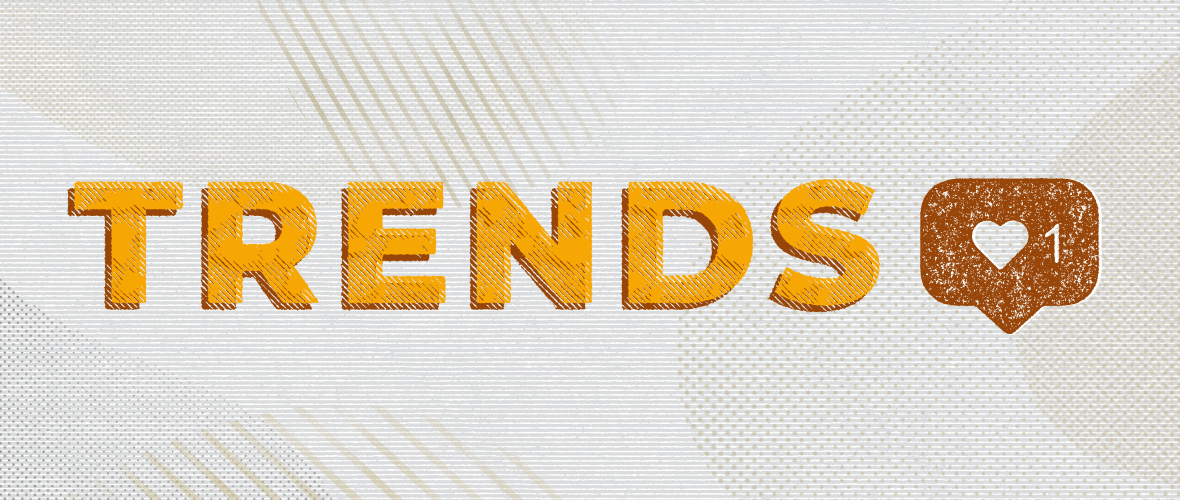So, We’re All Going Dark. Is it For Good?
You guys remember Blackle? The blacked-out version of Google founded in 2007? No? Well I was a very online eighth grader in 2007, and I remember trying it out with friends. Our consensus was something along the lines of “Eww! This is LAME.” Fast-forward 12 years and all my screens look like Blackle. Only now, instead of “black,” the term is “dark.” I’ve set my Instagram to dark mode. I’ve set my Twitter to dark mode. The applications on my iPhone and my laptop are dark. As I write this blog on Microsoft Word, everything but the page is dark. What changed? Did we simply tire of light screens over time like we do most things? After all, it’s not like Beyonce’s “Irreplaceable” is still top of the charts. Or is there a real, lasting reason we’ve dimmed the lights?
When Blackle went dark last decade, the goal was to conserve energy. They believed that by displaying significantly darker colors, computer monitors would use significantly less energy. Turns out whether that theory holds water or not (it’s disputed by experts) is irrelevant because today’s dark mode has more to do with pleasing its users than protecting the planet. “The dark theme user interface was initially introduced to reduce eye strain.” says Allison Parks, MGH’s Senior Digital Art Director. “Dark themes reduce the luminance emitted by device screens, facilitating screen use in dark environments, also while conserving battery power in some cases. They’re easier on the user’s eyes, allow for better focus, and have certainly gained popularity over the past few years.”
It’s easy to get behind dark mode’s ease on our eyes. Who hasn’t checked their phone in the middle of the night to a blinding screen? It’s also easy to see why better usability benefits all parties involved. Consumers get to enjoy content for longer, which means publishers will get more readers, and advertisers like us will get the impressions that lead to a meaningful increase in sales for our clients. It’s the wheels of modern capitalism moving at full speed.
Now, if you’re a decision maker at your company reading this and thinking “That’s it! Our website’s going dark and we’re going to ride this wave right into a nice black bottom line.” I have a sobering thought for you: What if people start missing the light? Yes, Google and Apple are on board right now, but those same companies reached their monumental influence using colorful logos and clean white products. Science says darker screens are better for our eyes, but it also says screens in general—no matter how dark—are bad for them. So who’s to say a year from now we won’t revert back to what’s pretty over what’s pleasant? I’m not deriding the rise of dark mode, I’m simply putting the trend into perspective. Because as advertisers, it’s our job to make decisions that sell, and it was advertising pioneer William Bernbach who stated that advertising is fundamentally persuasion, which is an art, not a science. Here at MGH we just redesigned our website, and one of the biggest changes was switching from dark mode to the bright, clean look you’re reading today. We certainly paid attention to the way things were going, but at the end of the day we trusted our guts and went with the look that felt right. I hope everyone in similar positions feels inspired to do the same, regardless of what color they pick.






